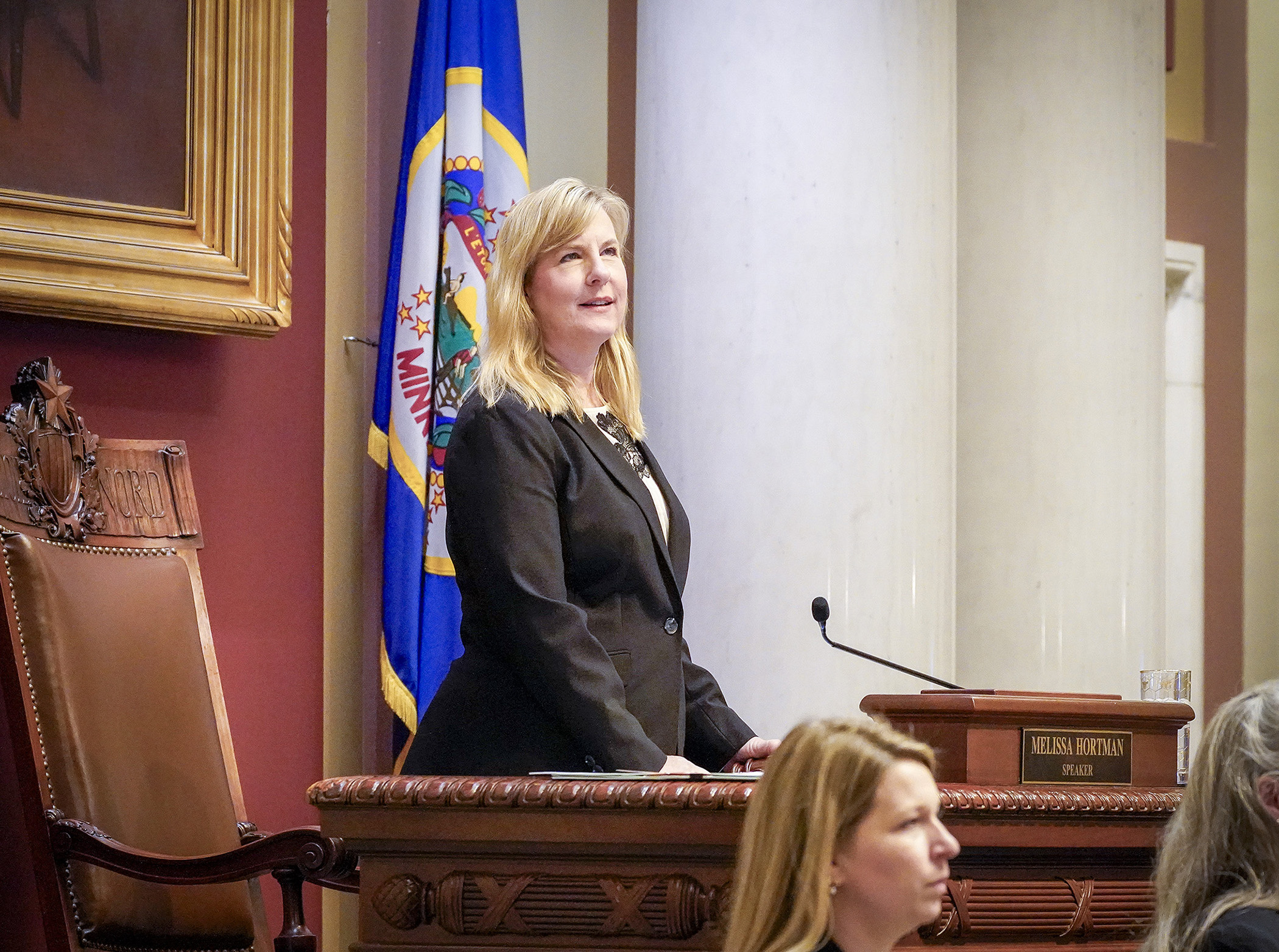Invasive species center among projects included in nearly $80 million environmental trust fund bill
Describing the hundreds of projects funded annually by the Environment and Natural Resources Trust Fund, Rep. Rick Hansen (DFL-South St. Paul) summarized, “Your lottery dollars work for Minnesotans.”
Hansen sponsors HF3377, approved by the House Ways and Means Committee Monday and sent to the House Floor. It would appropriate $79.6 million from the fund for projects recommended by the Legislative-Citizen Commission on Minnesota Resources.
Coming from state lottery proceeds, the money would go to a variety of projects and institutions such as the Department of Natural Resources, Minnesota Zoo and the Bell Museum. Examples of research projects that would receive funding are grants to study the status of bats after white nose disease, model trumpeter swan populations and assessing prairie health regarding pollinator conservation.
Hansen noted one of the larger appropriations would be $7 million to University of Minnesota Invasive Terrestrial Plants and Pests Center, which he said is recognized worldwide. He added the bill would also fund projects related to microplastics, PFAS, pollinators, bison, and state parks.
“It is a diverse bill that provides investments all around the state,” Hansen said.
The Legislative-Citizen Commission on Minnesota Resources recommended funding for 101 projects out of 218 requests. In total, $174 million was sought.
More than one-fourth of the proposed allocation — $20.3 million — would be for land acquisition, habitat and recreation, with projects running from $5 million to develop state trails to $197,000 to the City of Babbitt to design a Birch Lake Marina.
Other recommendations include:
- $14.99 million for 28 projects relating to foundational natural resources data and information;
- $11.3 million for 22 projects relating to environmental education;
- $10.9 million for 16 projects relating to methods to protect, restore and enhance land, water and habitat;
- $8.3 million for four projects relating to aquatic and terrestrial invasive species;
- $6.9 million for 13 projects relating to water resources;
- $4.8 million for five projects relating to air quality, climate change and renewable energy; and
- $2.1 million for three appropriations to the Department of Natural Resources for administrative and emerging issues.
Ten legislators, five governor’s appointees, one member appointed by the House and one member appointed by the Senate comprise the LCCMR. After receiving grant requests, the commission recommends how to appropriate money from the fund.
Rep. Peggy Scott (R-Andover) was intrigued to see a grant to study jumping worms. “I didn’t know there was such a thing, and I thought, ‘Where would I go to avoid jumping worms?’” she said, earning chuckles.
The University of Minnesota Extension was the first article to show up in her internet search of the worms, which will be listed as an invasive species beginning in July.
“Evidently they eat organic matter which we need to keep,” she said.
Related Articles
Search Session Daily
Advanced Search OptionsPriority Dailies
Demuth named Republican speaker-designate
By HPIS Staff Current House Minority Leader Lisa Demuth (R-Cold Spring) is officially the Republican speaker-designate charged with working with DFL counterparts to get the House organized fo...
Current House Minority Leader Lisa Demuth (R-Cold Spring) is officially the Republican speaker-designate charged with working with DFL counterparts to get the House organized fo...
House DFL selects Hortman as speaker-designate
By Jonathan Mohr House DFLers have again chosen current House Speaker Melissa Hortman (DFL-Brooklyn Park) to lead their caucus amid uncertainty in the aftermath of Tuesday’s election that may ha...
House DFLers have again chosen current House Speaker Melissa Hortman (DFL-Brooklyn Park) to lead their caucus amid uncertainty in the aftermath of Tuesday’s election that may ha...